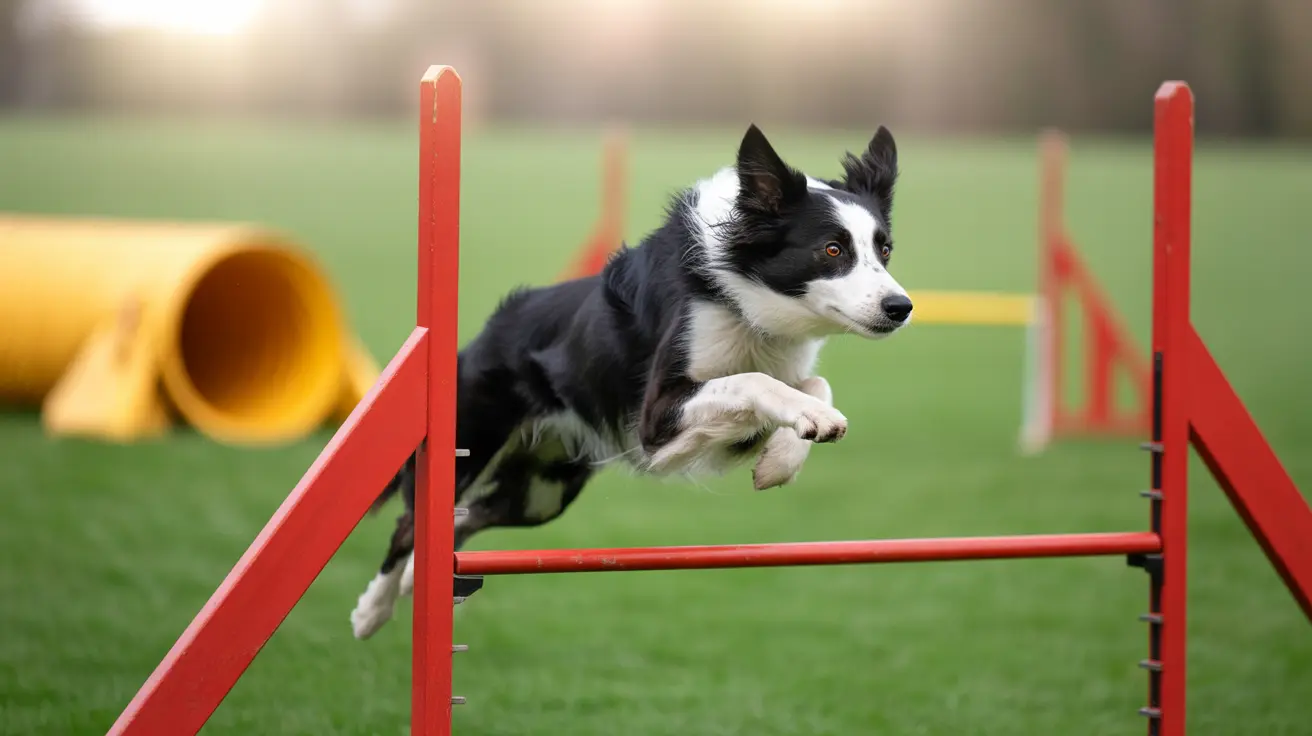Understanding Happy Tail Syndrome in Dogs
Happy tail syndrome might sound cheerful, but for many dogs (and their owners), it's a painful and messy problem. This condition occurs when a dog's exuberant wagging causes the tip of its tail to repeatedly strike hard surfaces—walls, crates, furniture—resulting in injury. Let's dive into what causes happy tail syndrome, which dogs are most at risk, how to spot the symptoms, and what you can do to help your four-legged friend.
What Is Happy Tail Syndrome?
At its core, happy tail syndrome is an injury caused by blunt trauma to the tip of a dog's tail. The repeated impact from wagging against hard surfaces cracks the skin and underlying tissue. Over time (or sometimes after just one enthusiastic wag), this leads to open wounds that bleed and can become infected.
This condition isn't limited to any one breed, but it's especially common in large dogs with long, thin, or muscular tails. Breeds like Labrador Retrievers, Great Danes, Greyhounds, Vizslas, Pit Bulls, Shepherds, and various working breeds often fall victim. Still, any dog with a powerful wag and a bit too much enthusiasm in tight spaces can develop happy tail.
Symptoms: What Should You Look For?
- Bleeding from the tail tip: Owners often notice blood splatters on walls, floors, or bedding—sometimes before they even see the wound itself.
- Sores or open wounds: The end of the tail may have visible cracks or ulcers.
- Swelling and hair loss: Repeated trauma can cause swelling at the site and patches where fur has rubbed away.
- Pain or discomfort: Some dogs lick or bite at their tails; others act completely normal despite their injuries.
The problem often becomes obvious after a stay in boarding kennels or confinement in small spaces where there's little room for safe wagging. But even at home, excitement around visitors or playtime can trigger an episode if furniture or walls are close by.
Diagnosis: How Vets Confirm Happy Tail Syndrome
Your veterinarian will usually diagnose happy tail based on your dog's breed, history of recent confinement or excitement, and visible symptoms. If there's significant bleeding or recurring wounds, vets might run bloodwork to check for anemia or clotting problems—especially if healing seems slow.
Treatment: Managing Wounds and Preventing Recurrence
Treating happy tail syndrome isn't always straightforward. The constant motion of a wagging tail makes it tough for wounds to heal—and even tougher to keep bandages in place! Here's how treatment typically unfolds:
- First Aid at Home: Clean minor wounds gently using mild soap, saline solution, or antiseptic. Cover with a non-stick pad or gauze secured by medical tape (not too tight!). Try to keep your dog calm—less wagging means more healing.
- Pain Management & Infection Control: Vets may prescribe pain relievers, anti-inflammatories, antibiotics (if infection is present), or topical ointments. In some cases, sedatives help reduce movement during healing.
If these measures don't work—or if your dog keeps reinjuring its tail—your vet might recommend surgery. Surgical amputation (docking) removes part of the tail so there's less surface area to injure. Most dogs recover well from this procedure and adapt quickly once pain subsides.
Prevention: Keeping Tails Safe
- Cushion hard surfaces where your dog spends time; padding walls at tail height helps absorb impact.
- Try commercial or homemade tail protectors designed to shield the tip during healing.
- Rearrange furniture for more open space; consider crate size if confinement is necessary.
- If possible, train your dog to stay calmer during high-excitement moments—though this can be challenging!
When Should You See a Vet?
If bleeding won't stop within several minutes; if you see signs of infection like redness, swelling, pus; or if wounds don't heal after a week or two—it's time for professional help. Chronic cases that resist medical management may require surgical intervention for your dog's comfort and quality of life.
The Role of Tail Wagging in Dog Communication
You can't ask a dog not to wag its tail—they use it constantly for communication! Even after partial amputation due to chronic injury, most dogs adjust well and continue living full lives without ongoing pain or risk of reinjury.
A Note on Cosmetic Docking vs Medical Amputation
Tail docking purely for appearance is discouraged (and illegal in some countries). However, medical amputation is considered humane when it's necessary for health reasons—especially when repeated injuries make daily life uncomfortable for your pet.





